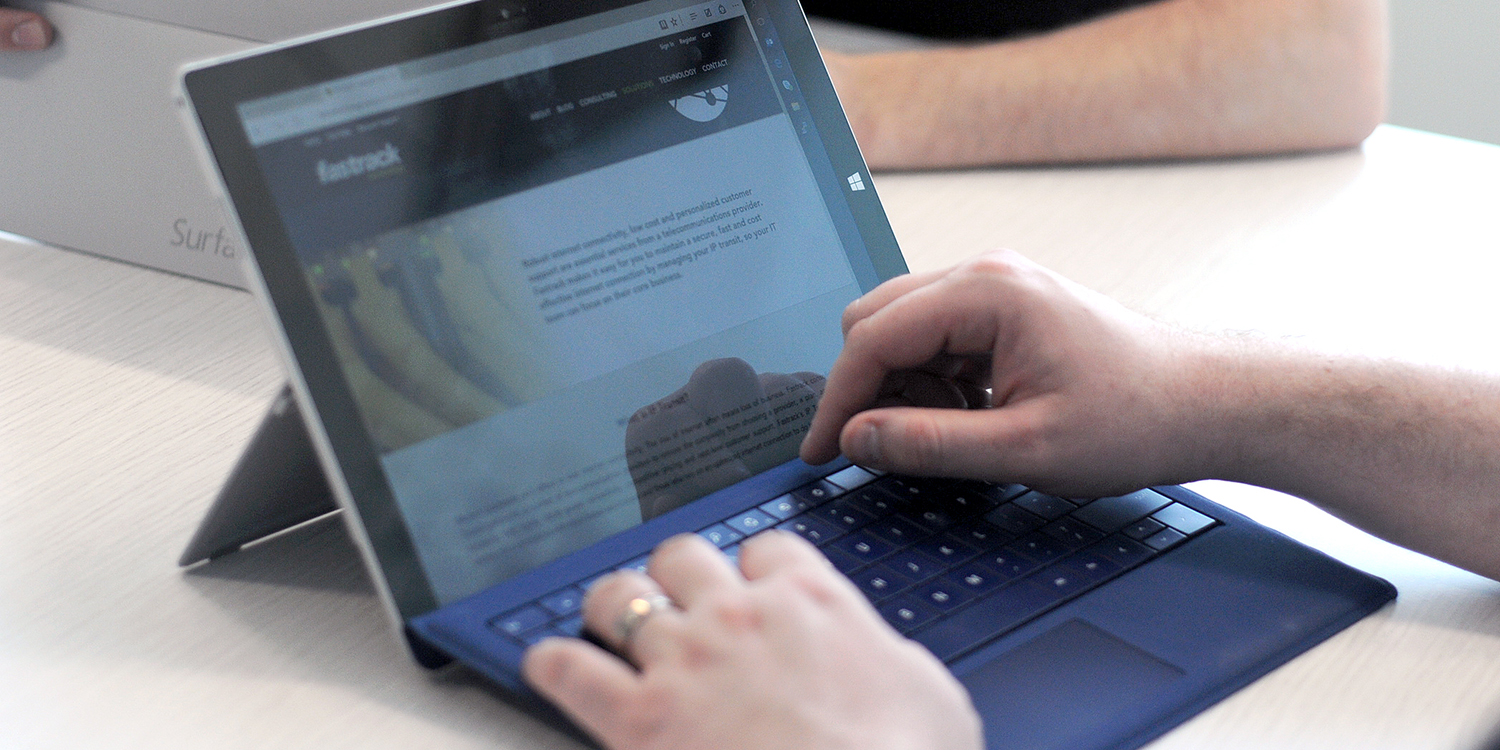4 considerations for enterprise Windows 10 deployment
Microsoft has dubbed Windows 10 the last OS upgrade you'll ever need. However, if your initial deployment isn't executed with the future in mind, a...
At Fastrack Technology, our vision is to fundamentally change the way our customers perceive and consume datacentre and network services.
Got any questions or concerns, or simply want to provide feedback to the team? Contact us today!
At Fastrack Technology, our vision is to fundamentally change the way our customers perceive and consume datacentre, network and collaboration services.
3 min read
Bart Ferguson October 14, 2019

After 14 January 2020, Microsoft will no longer provide security updates or support for devices running Windows 7. That’s less than three months people! If you’re still running Windows 7, migrating to Windows 10 should be your biggest IT priority.
For those less technical among us, end of life (EOL) means if you continue to use Windows 7 after support has ended, your PC will still work, but it will become increasingly vulnerable to malicious attacks and viruses.
The other thing to consider is if you're using Office 365 on Windows 7, you'll soon stop seeing feature updates and eventually notice performance and reliability issues.


Don't open your organisation to the next "Wannacry" style attack. Image Source.
History shows there are plenty of laggards who pay the price of not appeasing the Windows upgrade elves. When Microsoft ended support for Windows XP in 2014, many organisations continued to use the operating system well passed end of life.
The bad guys noticed, and soon planned a Taken-style data kidnapping. They used the notorious “WannaCry” ransomware cryptoworm to exploit the insecure devices still using Windows XP and encrypted files on each PC’s hard drive, making them impossible for users to access and demanded ransom payments to decrypt them.
They managed to infect 200,000 devices across 150 countries with WannaCry (and not even Liam Neeson could get the data back).
You can bet the bad guys have already marked the 14 January 2020 in their diaries and will be ready to take advantage of the flaws in your Windows 7 devices.
Don't break Office 365 by sticking with Windows 7. Source.
Operating Office 365 ProPlus on an unsupported operating system will eventually cause performance and reliability issues for your users. This is because Office 365 is governed under the same ‘cumulative’ life cycle as Windows 10.
Luckily for you laggards, Microsoft has announced that they will continue to provide security updates for Office 365 ProPlus on Windows 7 devices through January 2023.
But after January 14, 2020 until January 2023, Office 365 ProPlus won’t receive any new feature updates until the operating system is updated to Windows 10.
Every month there’s dozens of new features released to Office 365 that will help your team to be more productive and work more collaboratively. So, to get the most out of Office 365, you probably want to start your Windows 10 migration, well, yesterday.
The new Microsoft life cycle is worth getting excited about. Maybe not Windows-95-launch-level-excited though. Source.
Each Microsoft product has a life cycle from when it is released and ends when it’s no longer supported.
What makes Windows 10 different is that instead of the previous three-year cycle for Windows releases, Microsoft releases two major Windows 10 feature updates per year. This is all part of Microsoft’s “Windows as a service” to uplift and update the operating system through feature and quality updates.
Quality updates are cumulative updates that come out at least once-a-month and contain security patches and fixes for the Windows 10 operating system. Because they are cumulative, the latest release contains all the previous updates.
Each major feature update continues to see these monthly quality updates occur for 18 months, typically signalling the need to install a major feature update at least once every 18 months.
Some of the major upgrades to Windows 10 have been super-useful and included support and upgrades to Windows Defender ATP, Windows Hello, Windows AutoPilot and Cortana.
Don't forget those sneaky devices in hibernation in the back of your cupboard. Source.
Do you allow BYOD devices to access your network and/or applications? Are there any old devices left in cupboard you might have missed?
Those devices are not immune to vulnerabilities either. Make sure you have policies and precautions in place to block access to corporate applications or your network, just in case those devices find their way back into your environment.
If you have a EUC agreement, Managed SCCM or Managed Intune agreement with us. You’re in luck. We gotchu.
Yes! We can manage all this for you. You can check out our End-User Compute management services here.
Before you go, whack these dates into your calendar.
Happy computing!
- Bart.

Microsoft has dubbed Windows 10 the last OS upgrade you'll ever need. However, if your initial deployment isn't executed with the future in mind, a...

Windows 10 accelerates employee performance, while increasing data security across multiple devices, and making complex environments easier to manage.

When you begin a Windows upgrade project, it raises a range of questions.